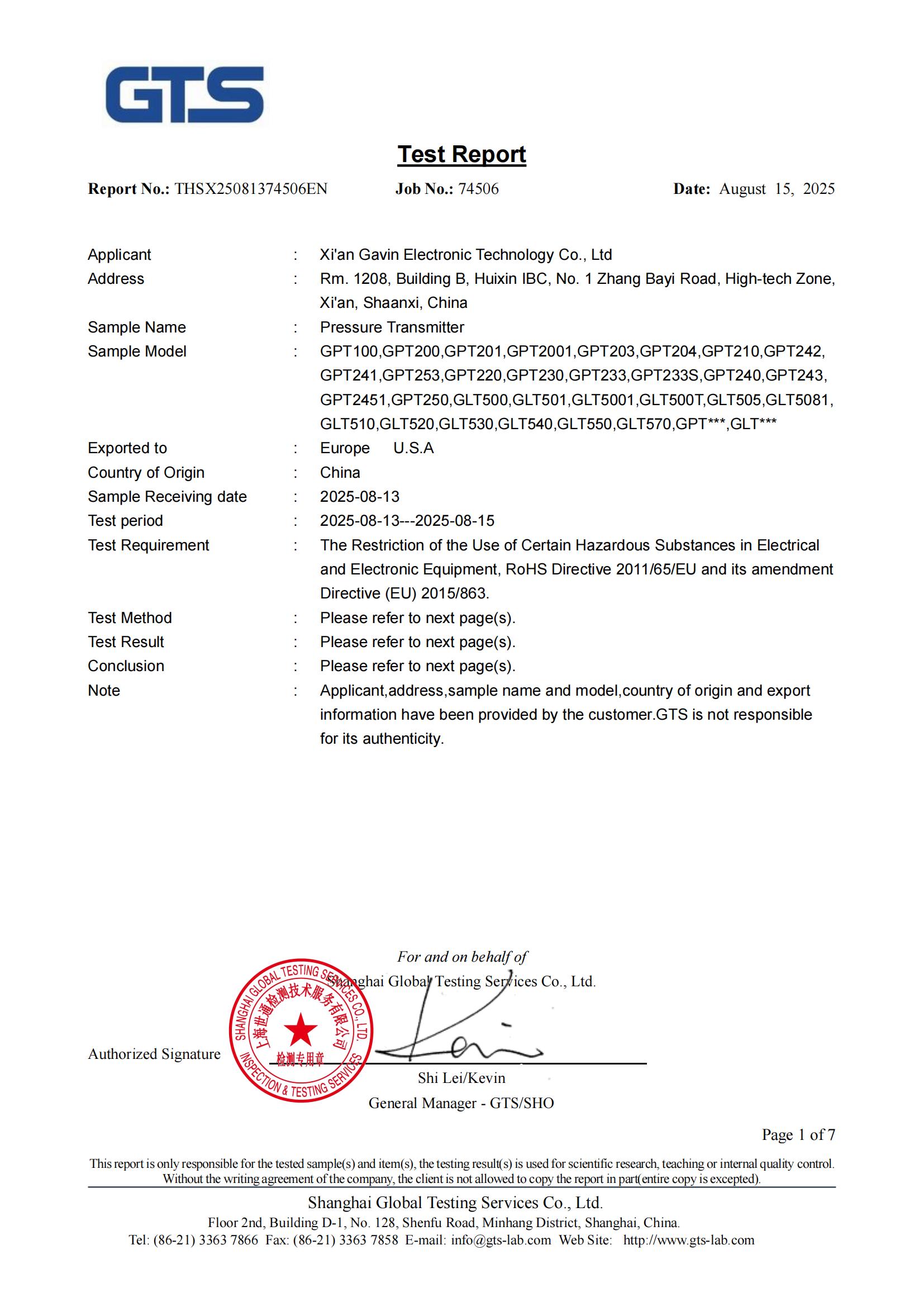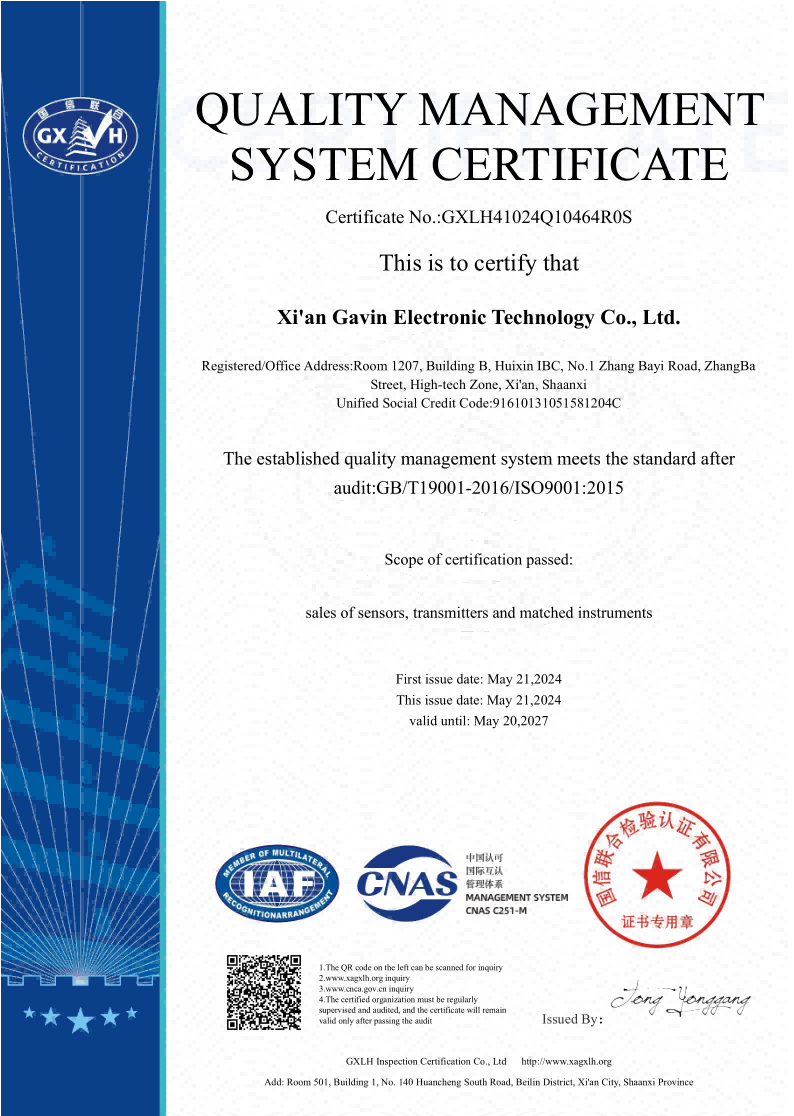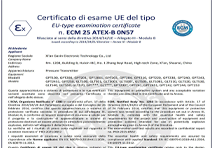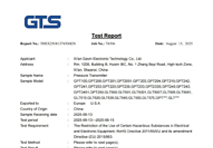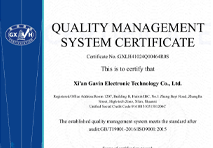Miniaturisation Trends in Ceramic Pressure Sensor Technology
Advancements Driving Smaller Ceramic Pressure Sensors
Miniaturisation trends in ceramic pressure sensor technology are revolutionizing industrial measurement capabilities. These advancements are driving the development of smaller, more precise ceramic pressure sensors with enhanced durability and versatility. Innovations in materials science, microfabrication techniques, and signal processing are enabling manufacturers to create compact sensors that maintain high performance in challenging environments while meeting the growing demand for space-efficient solutions across various industries.
Advancements Driving Smaller Ceramic Pressure Sensors
Nanotechnology and Advanced Materials
The miniaturisation of ceramic pressure sensors is largely propelled by breakthroughs in nanotechnology and advanced materials. Researchers are developing nanostructured ceramics that exhibit superior mechanical and electrical properties compared to their traditional counterparts. These innovative materials allow for the creation of thinner, more sensitive diaphragms in ceramic pressure sensors, enabling manufacturers to reduce overall sensor size without compromising performance.
For instance, the use of nanocomposite ceramics has led to the development of ceramic pressure sensors with improved strength and flexibility. These materials combine the robustness of ceramics with the adaptability of polymer matrices, resulting in sensors that can withstand harsh environments while maintaining high accuracy in confined spaces.
Microfabrication Techniques
Advancements in microfabrication techniques have played a crucial role in the miniaturisation of ceramic pressure sensors. State-of-the-art processes like micro-electromechanical systems (MEMS) technology and 3D printing have revolutionized sensor manufacturing, allowing for the creation of intricate structures at microscopic scales.
MEMS technology, in particular, has enabled the integration of sensing elements, signal conditioning circuits, and even wireless communication modules into a single compact package. This level of integration not only reduces the overall size of ceramic pressure sensors but also enhances their functionality and reliability.
Improved Signal Processing
The miniaturisation of ceramic pressure sensors has been further facilitated by advancements in signal processing technologies. Modern sensors incorporate sophisticated microprocessors and Application-Specific Integrated Circuits (ASICs) that can perform complex calculations and compensations within the sensor itself.
These integrated processing capabilities allow for real-time temperature compensation, linearity correction, and noise reduction, ensuring high accuracy and stability even in miniaturized designs. As a result, ceramic pressure sensors can now deliver precise measurements in compact form factors, making them ideal for applications with space constraints.
Benefits of Miniaturised Ceramic Pressure Sensors
Enhanced Spatial Resolution
One of the primary advantages of miniaturised ceramic pressure sensors is their ability to provide enhanced spatial resolution. Smaller sensors can be placed closer together, allowing for more precise mapping of pressure distributions across surfaces or within confined spaces. This capability is particularly valuable in applications such as aerodynamics testing, where understanding minute pressure variations is crucial.
For example, in the automotive industry, miniaturised ceramic pressure sensors are being used to optimize vehicle designs by providing detailed pressure data across various components. This level of precision was previously unattainable with larger sensor designs.
Improved Energy Efficiency
Miniaturisation of ceramic pressure sensors often leads to improved energy efficiency. Smaller sensors typically require less power to operate, making them ideal for battery-powered or energy-harvesting applications. This reduction in power consumption is particularly beneficial in wireless sensor networks and Internet of Things (IoT) devices, where long battery life is essential.
Additionally, the compact size of these sensors allows for more efficient heat dissipation, further contributing to their overall energy efficiency and reliability in long-term operations.
Versatility in Application
The reduced size of ceramic pressure sensors opens up new possibilities for their integration into various systems and devices. These miniaturised sensors can be easily embedded into small-scale equipment, wearable devices, and even implantable medical devices, expanding their range of applications.
For instance, in the medical field, miniaturised ceramic pressure sensors are being used in minimally invasive surgical tools, enabling real-time pressure monitoring during delicate procedures. Similarly, in industrial automation, these compact sensors can be integrated into robotic systems for precise force feedback and control.
Future Applications of Compact Pressure Sensor Designs
Smart Wearables and Health Monitoring
The miniaturisation of ceramic pressure sensors is paving the way for advanced wearable health monitoring devices. These compact sensors can be integrated into smartwatches, fitness trackers, and even clothing to provide continuous, non-invasive monitoring of vital signs such as blood pressure and pulse rate.
Future applications may include smart bandages that can monitor wound healing progress or smart insoles that analyze gait and pressure distribution for early detection of foot-related health issues. The small size and durability of ceramic pressure sensors make them ideal for these wearable applications.
Microfluidics and Lab-on-a-Chip Devices
Miniaturised ceramic pressure sensors are becoming increasingly important in the field of microfluidics and lab-on-a-chip devices. These sensors can be integrated into microfluidic channels to monitor and control fluid flow with high precision, enabling advanced diagnostic and analytical capabilities in compact, portable devices.
For example, in point-of-care diagnostics, miniaturised ceramic pressure sensors could be used to control fluid flow in microfluidic chips, allowing for rapid and accurate analysis of blood samples or other bodily fluids. This technology has the potential to revolutionize healthcare by bringing laboratory-grade testing capabilities to remote or resource-limited settings.
Autonomous Systems and Robotics
As autonomous systems and robotics continue to evolve, the demand for compact, high-performance sensors is growing. Miniaturised ceramic pressure sensors are well-suited for integration into robotic grippers, providing precise force feedback for delicate object manipulation.
In the field of soft robotics, these sensors can be embedded within flexible structures to enable tactile sensing and adaptive behavior. This capability is crucial for developing robots that can interact safely and effectively with humans and delicate objects in various environments.
Conclusion
The miniaturisation trends in ceramic pressure sensor technology are driving significant advancements across various industries. As these sensors become smaller, more efficient, and more versatile, they are opening up new possibilities for innovation in fields ranging from healthcare to industrial automation. The continued development of miniaturised ceramic pressure sensors promises to enhance our ability to measure and control pressure in increasingly compact and challenging applications, paving the way for smarter, more efficient systems in the future.
Revolutionizing Pressure Measurement with GAMICOS' Ceramic Pressure Sensors
Partner with GAMICOS to leverage cutting-edge ceramic pressure sensor technology designed for precision, durability, and modern industrial demands. With our expertise in sensor R&D, large-scale production, and IoT-enabled measurement solutions, we deliver compact, high-performance sensors that excel in harsh environments and space-constrained applications. Backed by strict quality assurance, global industry experience, flexible OEM/ODM customization, and professional technical support, GAMICOS offers reliable, innovative products tailored to your exact needs. For expert assistance and product inquiries, contact us at info@gamicos.com.
References
1. Johnson, A. K., & Smith, B. L. (2022). Advances in Ceramic Pressure Sensor Miniaturisation: A Comprehensive Review. Journal of Sensor Technology, 18(3), 245-260.
2. Zhang, Y., et al. (2021). Nanostructured Ceramics for Next-Generation Pressure Sensors. Advanced Materials, 33(15), 2100567.
3. Brown, C. D. (2023). Microfabrication Techniques in Ceramic Pressure Sensor Manufacturing. In Handbook of MEMS for Sensor Applications (pp. 312-328). Springer.
4. Lee, S. H., & Park, J. W. (2022). Signal Processing Advancements in Miniaturized Ceramic Pressure Sensors. IEEE Sensors Journal, 22(8), 7512-7525.
5. Martinez, R. V. (2023). Future Applications of Miniaturized Ceramic Pressure Sensors in Wearable Health Monitoring. Sensors and Actuators A: Physical, 345, 113778.

Peter
Peter, Senior Sensor Technology Consultant, has 15-year industrial sensor R&D experience. He specializes in the end-to-end development of high-accuracy pressure and level sensors and he firmly believe, precision isn’t just a spec—it’s a promise.
We're here to help — submit your request anytime!
Let us know how we can help solve your pressure level measurement challenge.
Recommended Blog
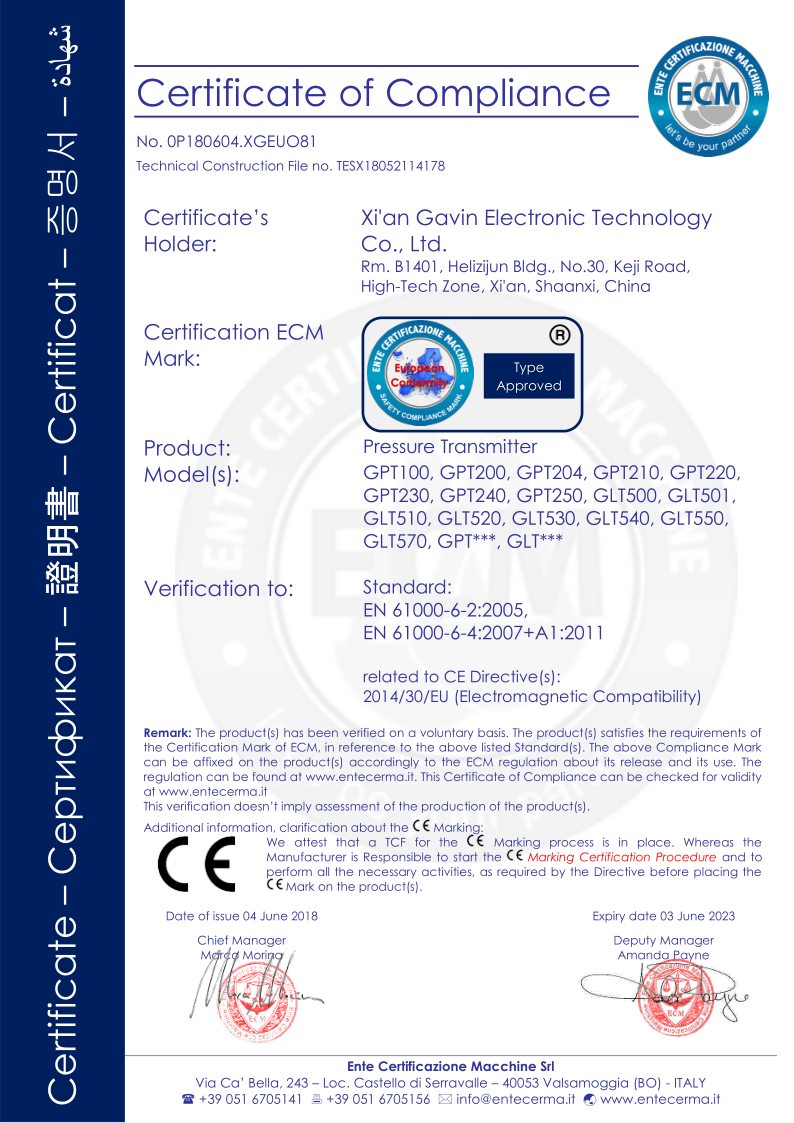
_1757930850792.jpg)
